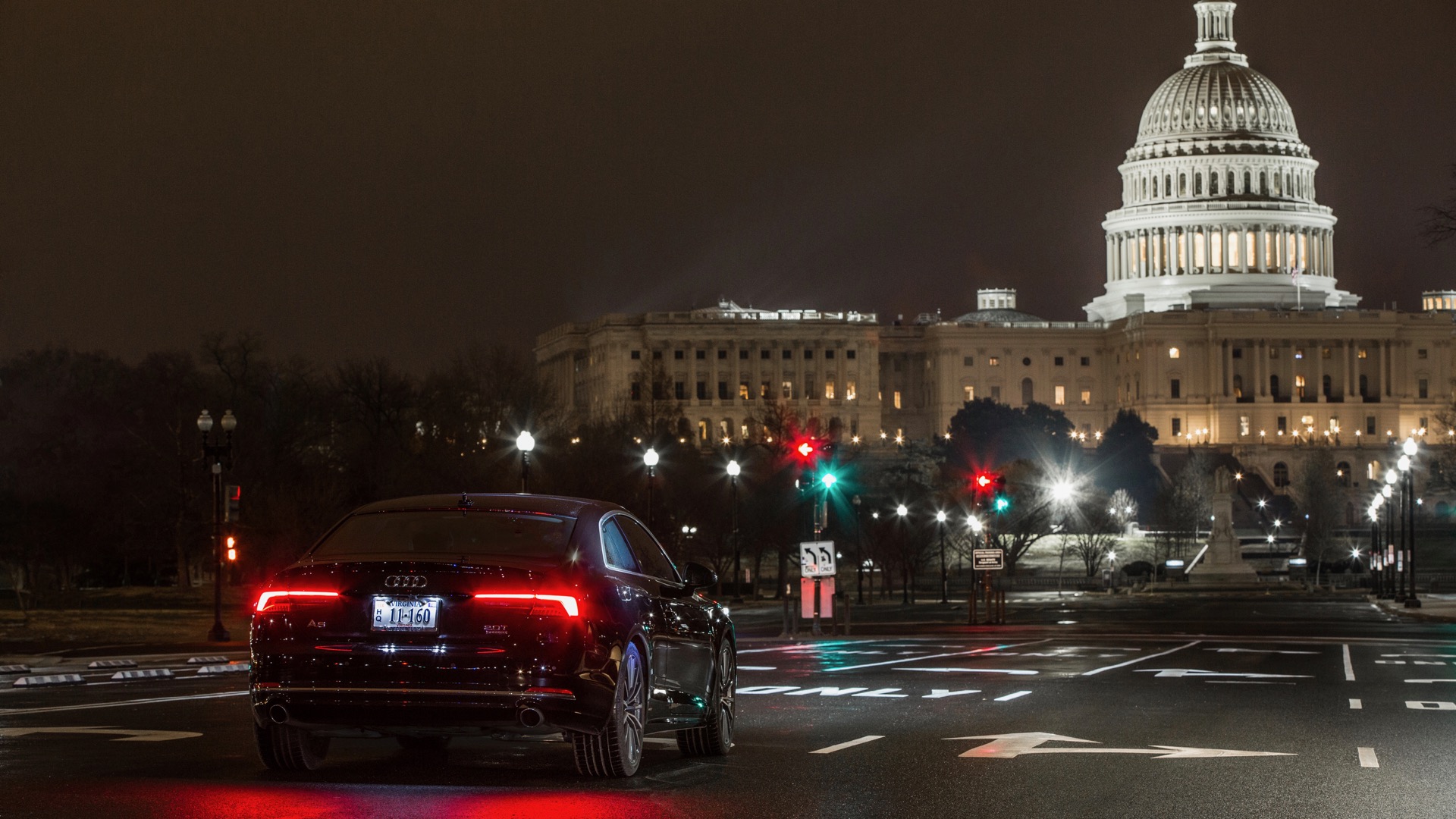

Every urban driver dreams of catching the “green wave,” timing green lights perfectly in order to cruise through intersection after intersection without getting a red light. Now, Audi is using new technology to try to make that a reality. It claims to be the first automaker to offer a system that can coach drivers into catching more green lights.
Audi’s Green Light Optimization Speed Advisory (GLOSA) gives speed recommendations to drivers based on when traffic signals are about to change. It’s another manifestation of vehicle-to-infrastructure (V2I) tech, which allows cars to communicate with any piece of infrastructure equipped with the necessary sensors, including traffic lights.
Some of Audi’s cars can already “talk” to traffic lights. The automaker already offers a Traffic Light Information (TLI) system in certain models, which gives drivers a countdown when a light is about to turn green. However, it doesn’t work everywhere.
TLI is currently available only in certain U.S. cities, including Los Angeles, San Francisco, Las Vegas, and Washington, D.C. Audi just added Northern Virginia, Denver, Gainesville, and Orlando, Florida, and White Plains, New York, a suburb of New York City. That brings the total number of cities to 13, encompassing more than 4,700 intersections, according to Audi.
Audi also uses V2I tech for an integrated toll transponder, which replaces the toll passes drivers typically stick to their windshields with velcro. Other companies are trying to exploit V2I as well: Aptiv uses the tech to help its prototype self-driving cars rear traffic signals in Las Vegas, and Continental is testing an “intelligent intersection” in Columbus, Ohio, aimed at reducing collisions with pedestrians.
Potential applications like these have made V2I one of the hottest buzzwords in automotive tech. But achieving a real benefit will require equipping large fleets of cars, and large swaths of infrastructure, with the necessary hardware. That will be expensive, and it will take time for drivers to replace their old cars with new, V2I equipped models. Those factors will likely slow the deployment of this tech.